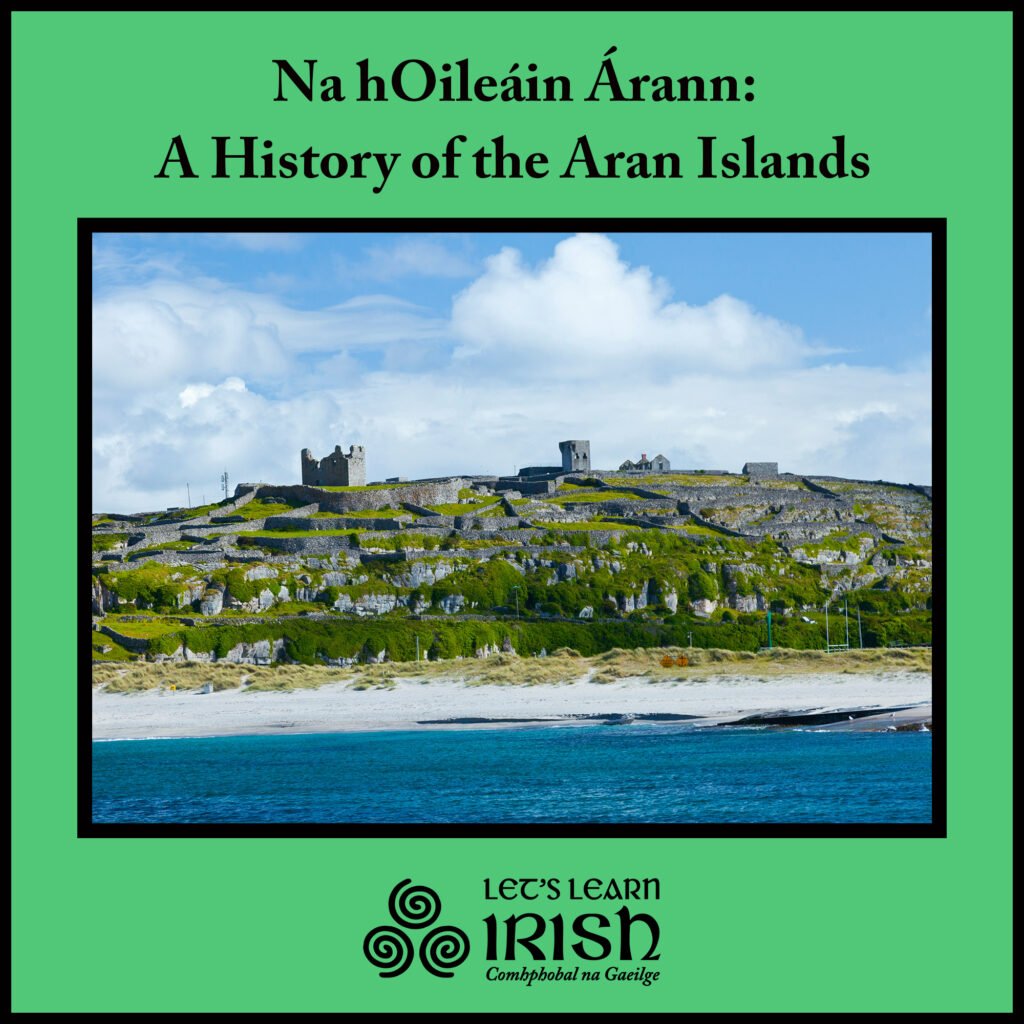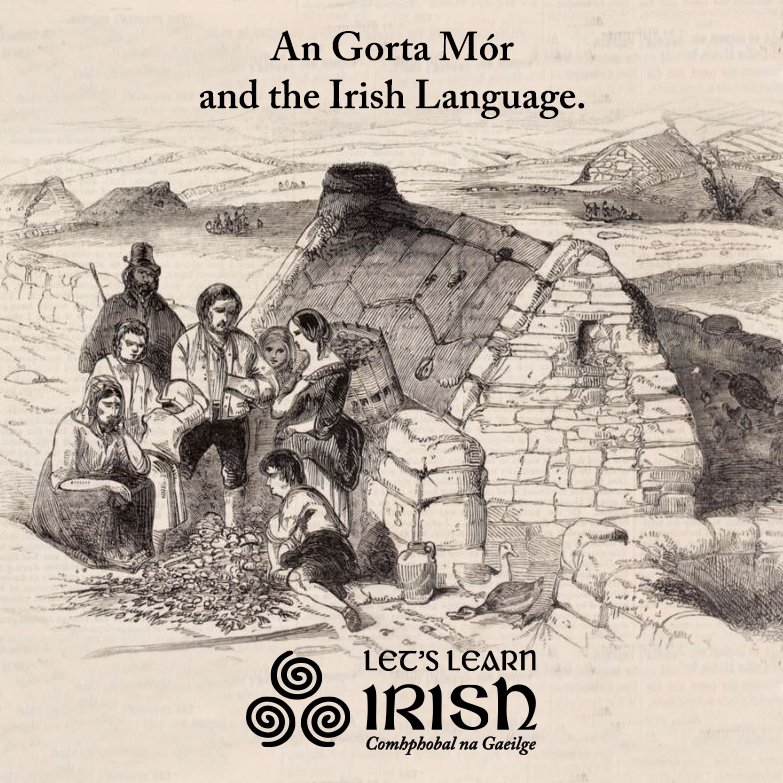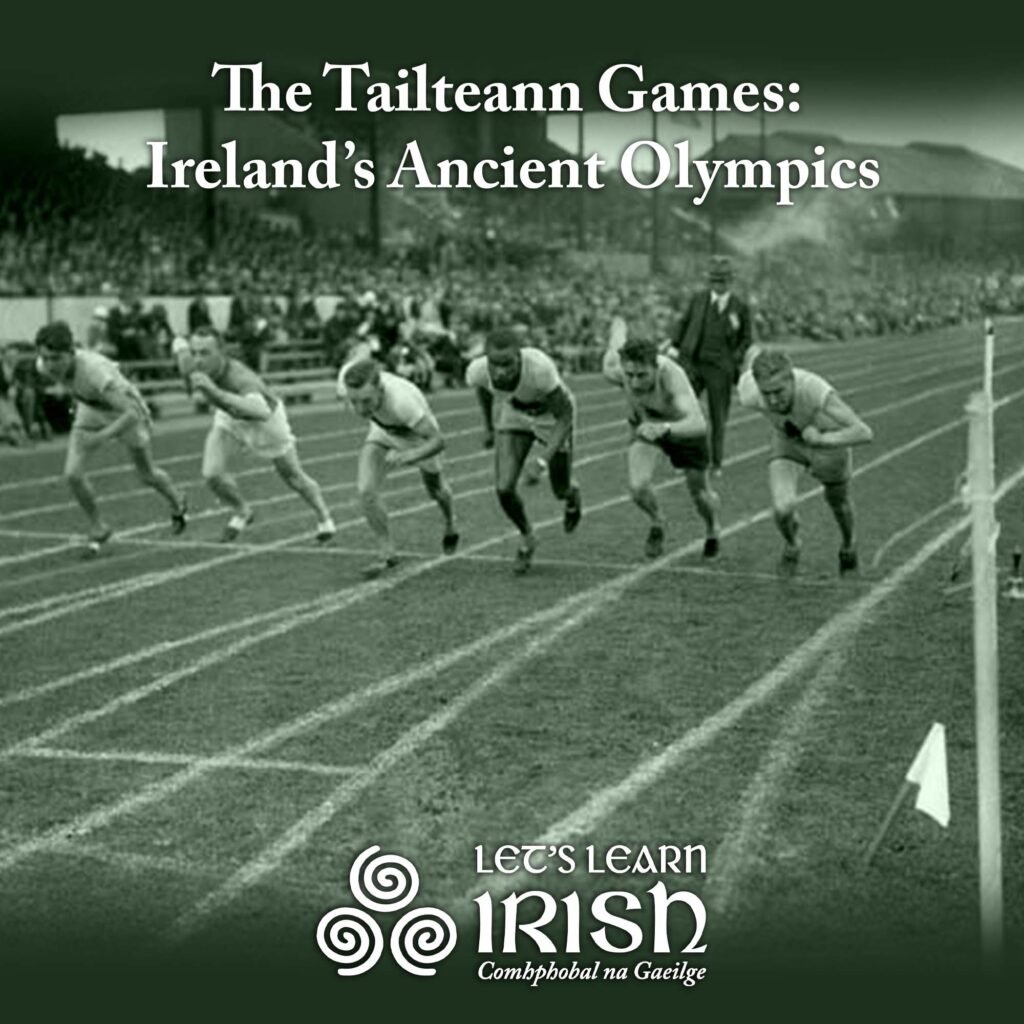Who was Liam Ó Flaithearta?
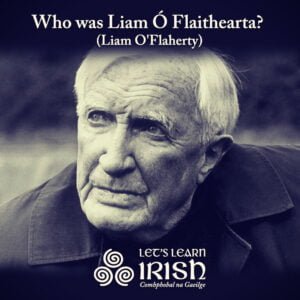 Liam Ó Flaithearta (O’Flaherty in English) was a bold voice in early 20th century Irish writing, being a groundbreaking author for both his style and his political views. During his lifetime he achieved many firsts for an Irish novelist and short story writer, including the first Irish anti-war novel, the first serious artistic consideration of the Great Famine, the first (and perhaps only) expressionist play to be written in Irish, and the first book to be banned by the Censorship of Publications Board.
Liam Ó Flaithearta (O’Flaherty in English) was a bold voice in early 20th century Irish writing, being a groundbreaking author for both his style and his political views. During his lifetime he achieved many firsts for an Irish novelist and short story writer, including the first Irish anti-war novel, the first serious artistic consideration of the Great Famine, the first (and perhaps only) expressionist play to be written in Irish, and the first book to be banned by the Censorship of Publications Board.
Shaped by his experience in World War I, Ó Flaithearta’s writing drew attention for its socialist views just as much as its originality and depth. Wherever he found himself, he participated in activism, often trying to bring together those of progressive or communist politics. His best-known work may be the novel The Informer (1925), which won the James Tait Memorial Prize for Fiction and was made into a movie by the celebrated director John Ford.
The Youth of Liam Ó Flaithearta

Liam (officially named “William”) was born on the Aran Island of Inishmore in 1896. Like many inhabitants of the island at that time, the Ó Flaithearta’s were not well off. Originally, Liam’s father forbade speaking Irish in the home, as there were more economic and social advantages to being able to speak English at the time.
Nonetheless, as Liam explained, at the age of seven he rebelled against this command and forced his family to speak Irish to him. Additionally, in primary school, his teacher David O’Callaghan taught the class in Irish, which was not common at the time. O’Callaghan is credited to have helped instill a sense of Irish patriotism in young Liam.
At the age of seventeen, while attending Blackrock College Dublin, Liam Ó Flaithearta attempted to organize a troop of Irish Volunteers, the military organization formed by nationalists in 1913. He also tried to form a unit several years later when enrolled at University College Dublin. He allegedly grew tired of waiting for an uprising by the Irish and left the Volunteers to join the 2nd Battalion of the Irish Guards in World War I, signing on as “William Ganley.”
The Evolution of Liam Ó Flaithearta’s Socialist Beliefs
Ó Flaithearta found the trench warfare of World War I to be brutal and merciless. In 1917 he was badly injured, and a year later discharged, the experience giving him PTSD that he dealt with the rest of his life. He came back from the war a dedicated socialist.
After leaving the service, Ó Flaithearta went travelling, associating with communist groups around the world, including Canada and the United States (his brother was a leader in Communist Party USA).
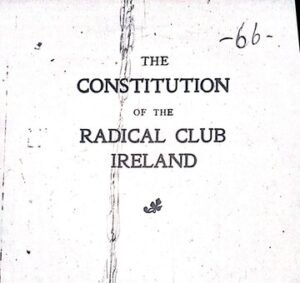 In 1921, Liam Ó Flaithearta cofounded the first communist party in Ireland and edited its weekly paper The Worker’s Republic. In 1922, two days after the Irish Free State was established, Ó Flaithearta, along with several other men, seized the Rotunda Concert Hall in Dublin by force. They held it for four days, flying a red flag in protest of the signing of the Anglo-Irish Treaty without Ireland retaining the six northern counties.
In 1921, Liam Ó Flaithearta cofounded the first communist party in Ireland and edited its weekly paper The Worker’s Republic. In 1922, two days after the Irish Free State was established, Ó Flaithearta, along with several other men, seized the Rotunda Concert Hall in Dublin by force. They held it for four days, flying a red flag in protest of the signing of the Anglo-Irish Treaty without Ireland retaining the six northern counties.
In 1924, having returned from London, Ó Flaithearta founded the Radical Club in Dublin. The Radical Club was a group of progressive writers and artists, of which included the famed Irish-language writer Pádraic Ó Conaire.
The Writing of Liam Ó Flaithearta
Only 27 years old, Liam Ó Flaithearta published his first novel in 1923, titled Thy Neighbour’s Wife. It was his third novel, however, The Informer, that brought fame to Ó Flaithearta The Informer, set in the Irish War of Independence, earned him the James Tait Black Memorial Prize for fiction. The book was adapted for film in 1929 by Arthur Robinson, and then again by John Ford in 1935. Ford’s version won four Academy Awards.

Much of Ó Flaithearta’s work in the 1920s was written in the modernist movement of Expressionism, which distorted the “reality” of the work in order to privilege its emotional truth. The movement, originating in Germany and spanning across various artforms, was considered anti-imperialist in its aim. In addition to various novels, Ó Flaithearta is believed to have written the only Irish-language expressionist play, titled Dorchadas (Darkness).
In 1929, the Censorship of Publications Board was established in Ireland. The first book it banned was Ó Flaithearta’s novel House of Gold, published the same year. In total, four of Liam Ó Flaithearta’s sixteen books would be banned by the board, making it illegal to sell or purchase them within Ireland. While the novels were printed outside of Ireland, all of his banned books have been reprinted on the island within the last couple of decades. In addition to sixteen novels, he also published many short stories and some works of nonfiction.
Ó Flaithearta's Writing in Irish
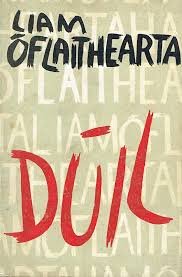 Ó Flaithearta also wrote short stories in Irish, although he was ultimately disheartened by the poor reception that writing in Irish received at the time.
Ó Flaithearta also wrote short stories in Irish, although he was ultimately disheartened by the poor reception that writing in Irish received at the time.
In 1953 he published Dúil, a collection of 18 short stories in the Irish language. Some stories were similar to narratives that he had already published in English, while others were originally written in Irish. The stories all take place in the west of Ireland. Ó Flaithearta utilizes memorable characters and vivid descriptions of a rugged countryside to depict a harsh, rural life, the role of women in society, his view of the clergy and the Catholic church, and his deep interest in nature. Notable stories include ‘Daoine Bochta’, ‘Díoltas’ and ‘Oifig an Phoist’.
Another standout story, ‘Bás na Bó’, illustrates the devastation felt by a farmer and his wife upon the death of a calf. O’Flaithearta was more than familiar with the harsh realities, and fragilities, to be found in rural life, and with little sentimentality, the couple face the loss of fortune that the calf would have brought. They place their trust in God and their faith in the hope of better times. They toss the lifeless calf off the cliff and into the sea, but not before the woman laments, heartbreakingly, that “she was a mother herself.” The couple leave the cow bound in a different field, little imagining that they will be dealt another setback in the hours that follow.
Although the collection is now lauded, its lack of attention at the time discouraged Ó Flaithearta from publishing an Irish-language novel that he had already written. Indeed, it has often been debated as to whether Ó Flaithearta’s work in Irish was even better than his writing in English. After his death, more of Liam Ó Flaithearta’s stories were translated into Irish, after which they received continued praise.
Liam Ó Flaithearta’s Legacy
In 1958, Liam Ó Flaithearta died at the age of 88. His ashes were spread on the cliffs on Inishmore, his birthplace. By then, the majority of his writing career had been concluded for two and a half decades.
Ó Flaithearta’s strong sense of personal identity—at a time when his beloved Ireland was still trying to figure out who they were—has helped affix his place as one of the country’s most important writers. While his work speaks for itself, the commitment he had for challenging Ireland’s perception of itself—whether one agreed with his politics or not—was a trait that continues to bring him admiration.
In fact, every year the Féile na bhFlaitheartach (Festival of the O’Flahertys) takes place on Inis Mór to honor Liam and his brother Tom. The festival, held both in Irish and English, often includes readings of Liam’s work, lectures given by academics and historians, films, music and other means of celebrating the Ó Flaitheartas’ vision for the young Irish state. Féile na bhFlaitheartach commemorates the mark left on the world by this bold Irish writer.
Bígí páirteach!
Join the online Irish community at LetsLearnIrish.com.
Follow on social media @LetsLearnIrish.

